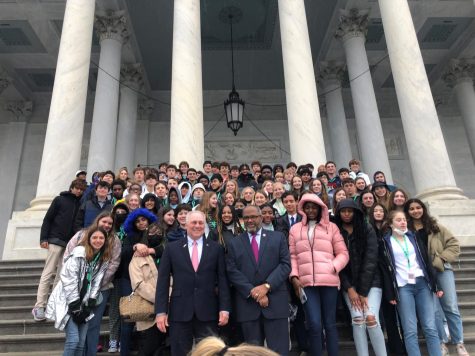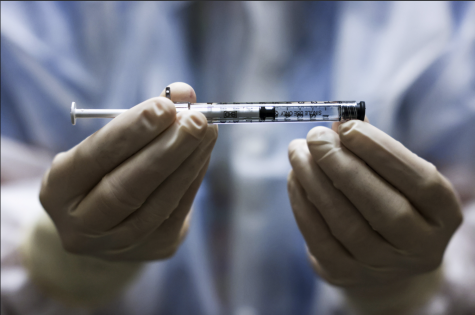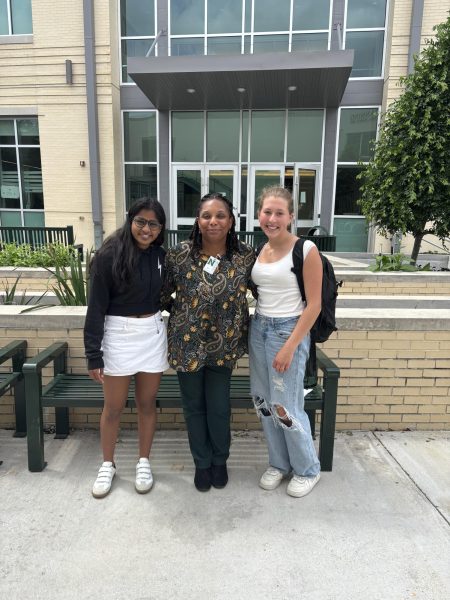What’s going on with vaccine distribution?
Last December, the FDA granted emergency authorization for the Pfizer-BioNTech COVID-19 vaccine to be used. This vaccine was developed in under one year, an incredible new feat in biological science, as the vaccine that previously held the record of fastest ever developed was for mumps and took about four years to develop. Under normal circumstances, making a new vaccine typically takes 10-15 years. The speed with which the COVID-19 vaccine was created was only possible due to worldwide collaboration, allowing researchers to fast-track clinical trials and share critical data, such as the genomic sequence of the virus. Production is also faster than ever: “All manufacturing capacity in the U.S. that can be used for COVID-19 vaccine manufacturing is being used,” says Health and Human Services.
However, despite the amazing speed with which the vaccine could be developed and produced, we seem to be stuck on the last and most critical part of ending this pandemic: distribution.
“What makes me sad,” says Moncef Slaoui, head of the vaccine development effort under the Trump administration and current advisor to Biden administration, “is that thousands of people that have worked day and night over the last many, many months really feel terrible, feel depressed, because the whole thing is now positioned as a disaster.”
The states vary widely in how many vaccines they have been able to get into people’s arms, and that state-by-state responsibility was an intentional decision made by the Trump administration. They focused on Operation Warp Speed and delivery of vaccines to the states but expected them to take over from there with little guidance or money. By contrast, the Biden administration is scrambling to help the states organize and develop a plan for distribution.
The issues that have impeded the rollout include: the amount of vaccine weekly received by the states fluctuates with no clear reason, states weren’t prepared to distribute despite receiving expected amounts of vaccine, appointment scheduling crumbled under high demand and favored the internet-savvy, and full-scale manufacturing didn’t start until last December despite the lofty promise that we would receive 100 million doses by the end of 2020. Instead, just 20 million were available in December and 30 million in January. Lack of information also presents a serious problem to planning among the states. The Trump administration failed to launch a public information campaign, which was supposed to materialize in January at the latest, and the companies producing the vaccines are mysteriously tight-lipped about their numbers: “It drives me crazy that nobody seems to know the truth about supply,” said Dr. Bruce Gellin, president for global immunization at the Sabin Vaccine Institute.
Overall, the states’ leaders are inexperienced and unprepared despite intense anticipation of the vaccine’s arrival. Even with the ramped-up efforts of the federal government, they anticipate that “it will be months before everyone who wants a vaccine will be able to get one.”









